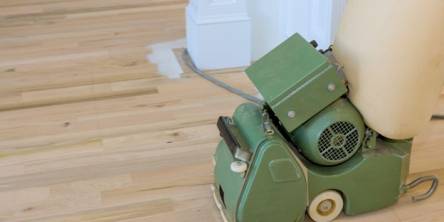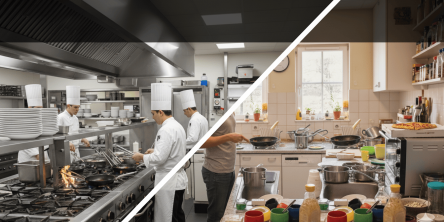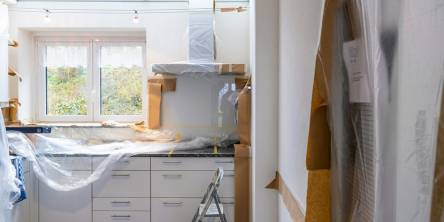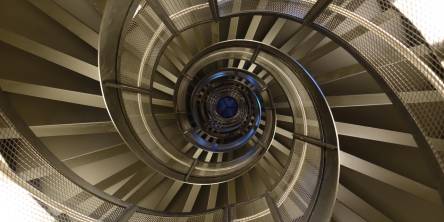Enhancing Home Energy Efficiency: Top Renovation Tips
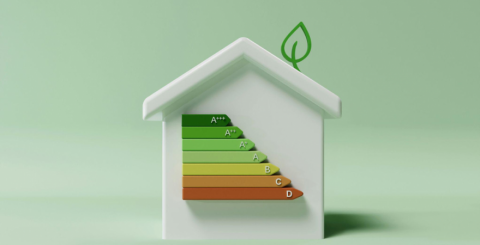
In today’s world of rising energy costs and growing environmental concerns, more homeowners are looking for ways to make their homes more energy efficient. Renovation projects that focus on improving energy performance not only reduce utility bills but also create more comfortable living environments. One of the most impactful upgrades homeowners in colder climates are investing in is installing new windows and doors, which helps prevent heat loss and enhances insulation throughout the year.
But beyond windows and doors, there are numerous home improvement strategies that can significantly boost your home’s energy efficiency—many of which are both budget-friendly and environmentally responsible.
1. Upgrade Insulation for Year-Round Savings
One of the simplest yet most effective ways to improve energy efficiency is by upgrading insulation. Poorly insulated walls, attics, basements, and crawl spaces allow conditioned air to escape, making your heating and cooling systems work harder. This translates into higher energy consumption and bills.
Adding high-performance insulation materials—such as spray foam, cellulose, or fiberglass—can significantly reduce thermal transfer. According to the U.S. Department of Energy, proper insulation can cut heating and cooling costs by up to 20%. Even small improvements in attic or wall insulation can yield noticeable savings.
Read more: 3 Great Tips to Lower the Costs of Your Home Energy
2. Install Energy-Efficient Appliances
Older appliances tend to consume more energy than modern alternatives. Replacing them with ENERGY STAR®-rated appliances can help reduce electricity use without sacrificing performance. Consider upgrading your:
- Refrigerator: New models are often 15–20% more efficient than those made a decade ago.
- Washer/Dryer: Look for machines with moisture sensors and high-efficiency cycles.
- Dishwasher: Newer units use significantly less water and power while maintaining top cleaning standards.
Smart appliances can also help track usage and adjust settings based on your habits, further enhancing your energy savings over time.
3. Optimize Heating and Cooling Systems
Your HVAC system is one of the biggest energy consumers in your home. Routine maintenance—such as cleaning filters, sealing ducts, and calibrating thermostats—can greatly improve system efficiency.
If your system is over 10–15 years old, it may be time for a replacement. Newer HVAC units are designed to be much more efficient, and pairing them with smart thermostats allows you to program temperatures based on your schedule.
Consider also incorporating zoned heating and cooling, which allows you to control the temperature in different parts of your home independently—reducing energy waste in unused rooms.
You May Also Like: Cut Down Your Power Bill: 10 Ways to Save Energy in Your Home Office
4. Use Smart Lighting and Timers
Lighting accounts for about 10–15% of household energy usage. Switching to LED bulbs is an easy win—they use at least 75% less energy and last 25 times longer than incandescent lighting.
You can further improve efficiency with motion sensors, dimmer switches, and smart lighting systems that adjust based on daylight or occupancy. Automating your lighting also increases convenience and can deter intruders while you’re away.
5. Seal Air Leaks and Improve Ventilation
Even the most energy-efficient home will struggle if air leaks go unnoticed. Check areas around doors, windows, plumbing penetrations, and electrical outlets for drafts. Sealing these gaps with caulk or weather stripping can dramatically improve comfort and reduce your energy load.
Additionally, ensure your home has balanced ventilation to maintain healthy indoor air quality. Energy recovery ventilators (ERVs) or heat recovery ventilators (HRVs) are excellent for maintaining fresh airflow while conserving energy.
6. Embrace Passive Solar Design
 Image from Unsplash
Image from Unsplash
Harnessing the sun’s natural heat through passive solar design can reduce the need for mechanical heating. This includes orienting windows to the south, using thermal mass materials (like concrete or tile floors), and installing overhangs or shades to control heat gain in summer.
Even if you’re not building from scratch, small retrofits—like adding solar shades, reflective window film, or exterior awnings—can make a noticeable difference.
7. Consider Renewable Energy Options
Once you've optimized your home’s energy use, renewable energy becomes a powerful next step. Solar panels, geothermal heating, and solar water heaters are popular options in many regions.
While these systems come with higher upfront costs, they often pay off through government incentives, rebates, and long-term savings. They also significantly reduce your carbon footprint.
Investing in energy-efficient renovations not only improves your home's performance but also increases its resale value and reduces your environmental impact. Whether you're sealing air leaks, replacing aging appliances, or upgrading to new windows and doors, every step toward energy efficiency is a win for your wallet and the planet.
Start small or go big—the important part is starting. Your home, your budget, and the environment will all benefit.
Similar Articles
As winter settles in and temperatures drop, families across the country brace themselves for the inevitable spike in energy bills.
Wooden floors have long been the subject of admiration for their classic beauty, natural warmth, and strength.
When it comes to giving your home a fresh coat of paint, most homeowners focus on choosing the perfect color and finish.
The holiday season transforms neighbourhoods into glowing wonderlands, but today's homeowners are moving beyond the traditional approach of simply stringing lights wherever they fit.
City homes face a constant challenge around outdoor space. Gardens are small or nonexistent, balconies are narrow, and any outdoor area feels precious.
Anyone who's worked in a commercial kitchen knows they operate with an efficiency that home kitchens rarely match.
When you want to transform your home with a complete makeover, you must find the best ways to save money. Let's check some cost-saving tips for renovating.
Handrails are one of the few things that merge safety, fashion, and structural importance in a home most naturally when the home is being either designed or renovated.
Cabinets play a vital role in any home, combining function, organization, and aesthetic appeal. Whether in the kitchen, bathroom, or living area, cabinetry defines the layout, storage capacity, and overall look of a space.


